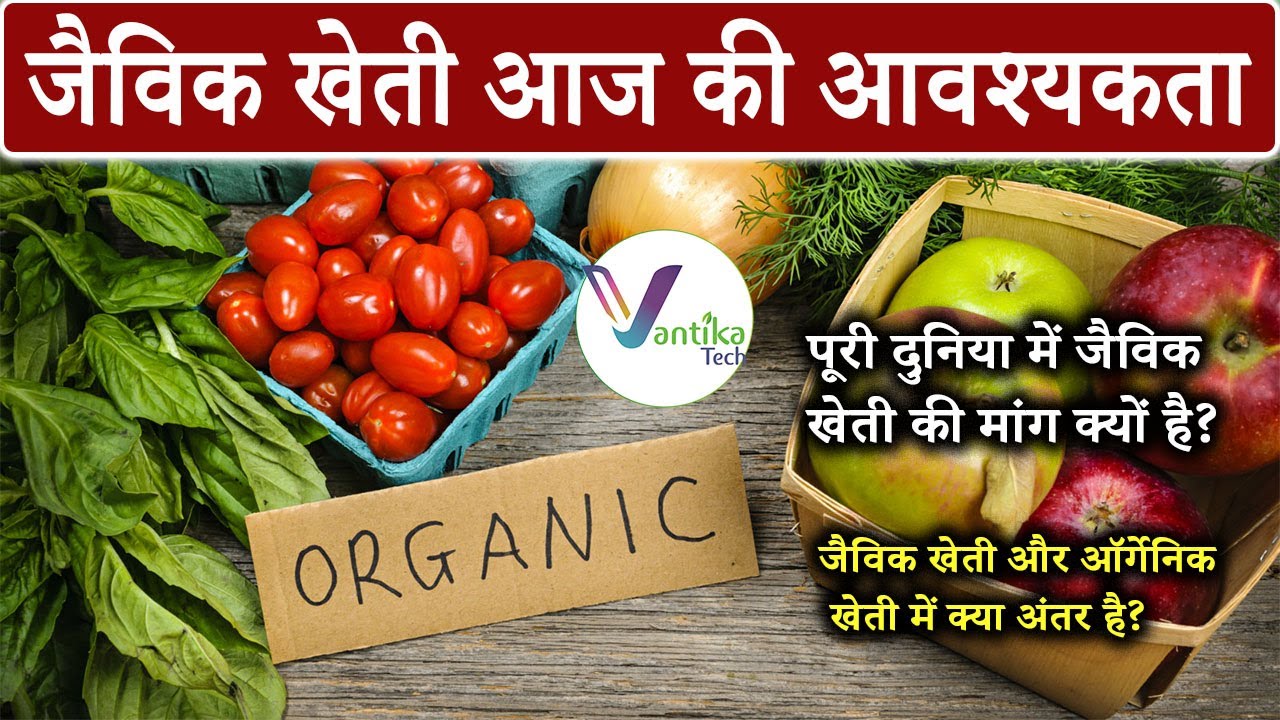Understanding the nitrogen cycle and its role in crop growth is essential for farmers and agriculture professionals to achieve better crop yields and maximize their productivity. Nitrogen is one of the most critical nutrients required for plant growth and development, making it vital for the agricultural industry. In this blog, we will discuss the nitrogen cycle and its impact on crop growth, and how farmers can optimize the cycle to improve their crop yields.
Nitrogen is a vital element required for plant growth, and it is found in the atmosphere in large quantities. However, plants are unable to absorb nitrogen from the air directly, and so it must be converted into a usable form. The process of converting atmospheric nitrogen into a usable form is known as nitrogen fixation. Bacteria, such as rhizobia, Azotobacter, and Azospirillum, play a vital role in fixing nitrogen in the soil.
After the nitrogen has been fixed in the soil, plants can absorb it in the form of ammonium or nitrate. This process is known as assimilation, and it is critical to the growth and development of plants. Nitrogen is a key component of amino acids, nucleic acids, and proteins, which are essential building blocks for plants. Without enough nitrogen, plants may experience stunted growth, yellowing of leaves, and reduced yields.
However, not all the nitrogen that is absorbed by plants is used. Some of it is lost through processes such as leaching, denitrification, and volatilization. Leaching occurs when excess water carries nitrogen away from the plant roots and into the soil. Denitrification occurs when bacteria convert nitrate back into atmospheric nitrogen, which can lead to a loss of available nitrogen for the plant. Volatilization occurs when nitrogen is lost to the atmosphere in the form of ammonia gas.
To optimize the nitrogen cycle, farmers can take several measures. One is to apply nitrogen fertilizers to the soil to provide the plants with the necessary nitrogen. However, overuse of nitrogen fertilizers can lead to environmental problems such as pollution and eutrophication, so it is important to use them in moderation. Another way to optimize the nitrogen cycle is to use cover crops, which help to fix nitrogen in the soil and prevent it from being lost to the environment. Crop rotation can also be an effective way to optimize the nitrogen cycle, as different crops have different nitrogen requirements and can help to restore nitrogen levels in the soil.
Understanding the nitrogen cycle and its impact on crop growth is essential for farmers and agriculture professionals to achieve better crop yields and maximize their productivity. By optimizing the nitrogen cycle through measures such as using nitrogen fertilizers in moderation, using cover crops, and practicing crop rotation, farmers can improve their yields, reduce costs, and minimize environmental impact.
In conclusion, nitrogen is a critical element for plant growth and development, and its cycle plays a crucial role in agricultural productivity. By understanding the nitrogen cycle and taking steps to optimize it, farmers can achieve better crop yields, reduce costs, and minimize environmental impact. Thanks for reading and don't forget to subscribe to our website for more informative blogs on agriculture.
#nitrogencycle #cropgrowth #fertilizers #agriculture #soilhealth #sustainability #organicfarming #nutrientmanagement #plantnutrition #soilscience








No comments:
Post a Comment